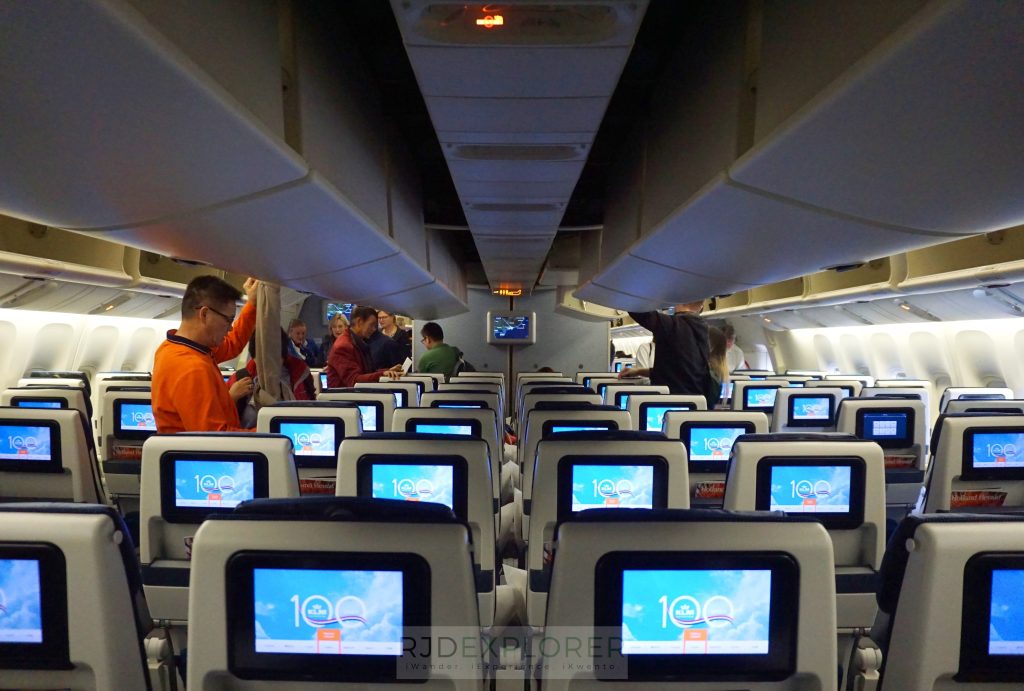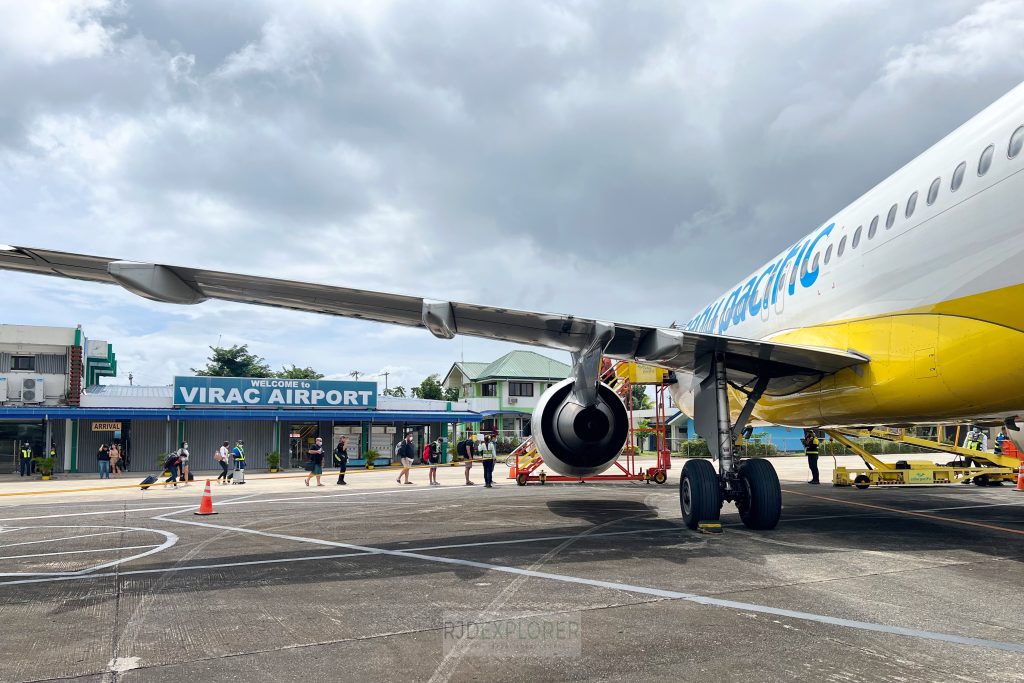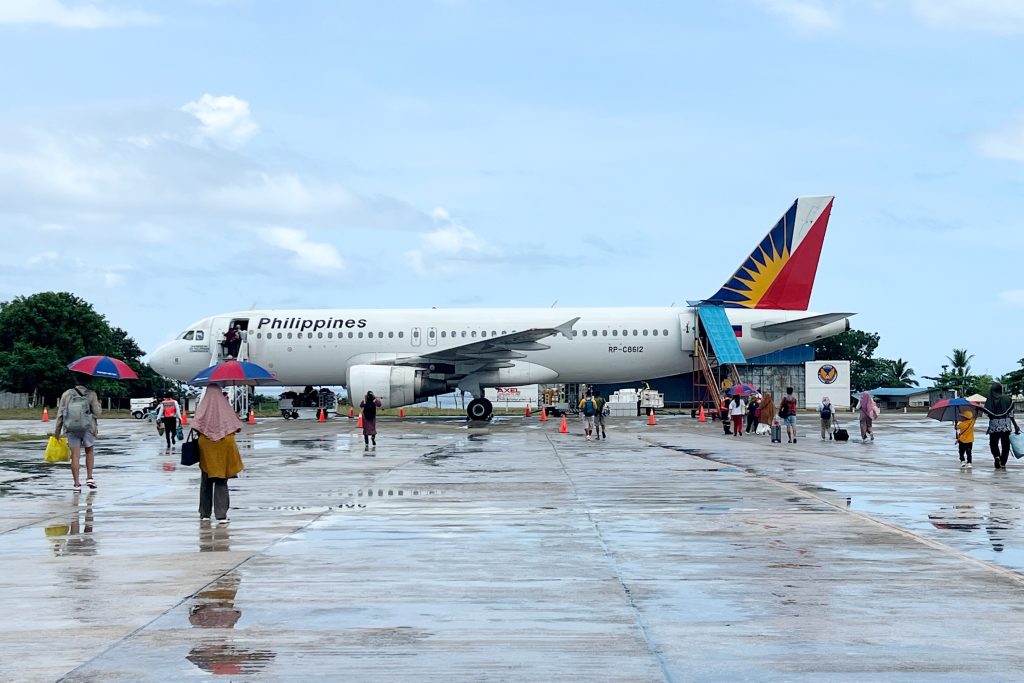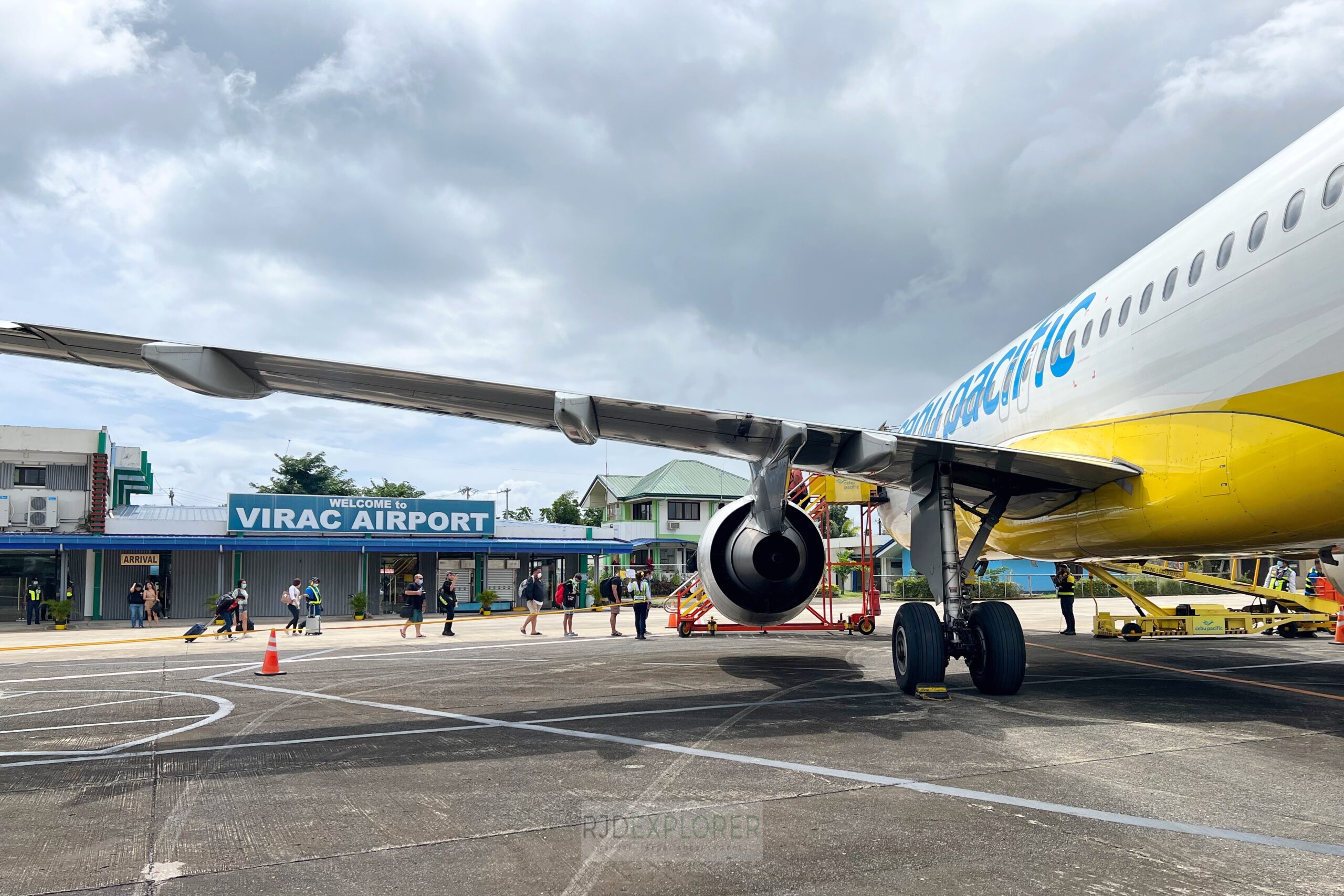Despite headline-grabbing news about unfortunate incidents related to airline flights, statistical data paints a more reassuring picture—flying remains the safest way to travel. In fact, according to the US Bureau of Transportation Statistics, the number of aviation accidents has steadily decreased over the past two decades. Moreover, if you compare the number of highway injuries to injuries incurred during air travel, you’ll find that the risk of injury is significantly lower in the skies.
Nevertheless, as a frequent flyer, safety should always be at the forefront of your travel preparations. After all, being surrounded by hundreds of strangers while confined thousands of feet in the air can be daunting, with the realization that escape is not an option in case of an emergency.

So how can you improve your safety during a flight? Here are some practical suggestions:
Choose Reputable Airlines
A few decades ago, there was a limited number of airlines to choose from, and they were conglomerates flying large commercial airplanes. These days, many low-cost carriers are emerging, catering to budget-conscious travelers from all over the world. While many of these new carriers provide excellent service despite reduced ticket prices, there are certain airlines you shouldn’t even consider, such as carriers with a poor safety record.
To determine which airlines you should book with, conduct thorough research. Online resources and aviation authorities often provide safety ratings and reviews for airlines. These sources will offer valuable insights into their track record. For safety-conscious travelers, the peace of mind that comes with flying with a reputable airline is invaluable.
Check the Aircraft’s Safety Record
Beyond selecting a reliable airline, it’s important to familiarize yourself with the type of aircraft you’ll be flying on if you’re nervous about flying. This is understandable, especially if you happen to be flying in a light aircraft for the first time like a Cessna 172. While practically every flight school uses this model, it’s also a popular plane model for chartered flights.
Different aircraft models have varying safety records, so it’s worth doing a bit of research beforehand. You can search through websites and databases dedicated to aviation safety. These sites allow you to check the safety history of specific aircraft types, which can empower you to make informed decisions about your flight choices.

Pay Attention to Safety Briefings
Although it may seem routine, you should pay attention to pre-flight safety briefings as a passenger. Whether there’s a live flight demonstration by flight attendants or a recorded video, take the time to listen and really understand the procedures.
These briefings provide you with essential information on emergency procedures, including the location of emergency exits, how to use safety equipment, and what to do in case of an emergency landing. Even seasoned travelers can benefit from a refresher on these important safety protocols.
Be Aware of Your Surroundings
Have you watched the viral videos of unruly passengers in airplanes? While most seem like harmless incidents, it can still be frightening as a fellow passenger, especially when the plane is in the air. That’s why it’s important to stay vigilant during the flight and be aware of your surroundings.
Keep an eye out for any unusual signs or behaviors that may indicate a safety concern. This could include strange sounds, unusual odors, or erratic passenger behavior. While it’s natural to want to relax during a flight, remaining alert can help identify potential safety issues early on.
Don’t Travel While Intoxicated
While it may be tempting to indulge in a drink or two while cruising at altitude, it’s important to avoid excessive alcohol consumption during air travel. After all, alcohol can impair judgment and coordination, which makes it more difficult to react effectively in an emergency situation.
If you choose to drink, do so responsibly and in moderation. Keep in mind that your safety and that of your fellow passengers should be the top priority.

Keep Your Seatbelt Buckled
In March 2024, 50 people were injured when a Chilean plane traveling from Sydney to Auckland, New Zealand suddenly encountered severe turbulence while the seatbelt sign was off. This incident highlights the need to keep the seat belt fastened at all times.
Turbulence can occur unexpectedly and wearing a seat belt reduces the risk of injury during rough air travel. Remember, your seat belt is your best defense against potential turbulence-related incidents.
Report Safety Concerns
If you notice any safety concerns during your flight, don’t hesitate to report them to the flight crew immediately. Whether it’s a malfunctioning seat belt or a suspicious item left unattended, your vigilance can help prevent potential accidents or hazards. After all, flight crews are trained to address safety issues promptly and take appropriate action to ensure the well-being of all passengers on board.
It’s important to always take flight safety seriously every time you travel. Furthermore, heed these suggestions so you can do your part in ensuring a smooth and more secure travel experience for everyone on board.







